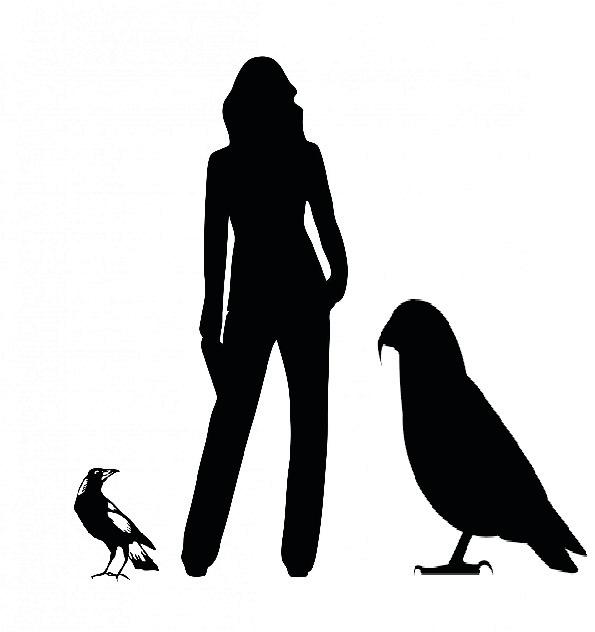The “world’s largest parrot” was 1 m tall and may have eaten other parrots
Scientists have discovered evidence of the existence of a giant parrot so large it may have fed on its feathered friends.
Paleontologists said they named what they believe is the world’s largest parrot after Hercules.
The bird, which was up to one meter tall and had a huge beak, was able to eat much more than just crackers, perhaps even other parrots.
The researchers named the parrot “Heracles inexpectatus” to reflect its herculean, mythological size and strength – and the unexpectedness of its discovery.
Trevor Worthy, Associate Professor at Flinders University, said: “New Zealand is known for its giant birds.
“Not only did the moas dominate the birdlife, but giant geese and adzebills also populated the forest floor, while a huge eagle dominated the skies.
“But so far no one has found an extinct giant parrot – anywhere.”


The fossil is about the size of the giant dodo pigeon of the Mascarene Islands and twice the size of the endangered flightless New Zealand kakapo, the largest known parrot.
Scientists at Flinders University, UNSW Sydney and the Canterbury Museum in New Zealand estimate that Hercules was one meter tall and weighed about 7 kg – the equivalent of the weight of an average pug.
The giant parrot was found in fossils up to 19 million years old near St. Bathans in Central Otago, New Zealand.
Professor Mike Archer, from UNSW’s PANGEA Research Centre in Sydney, said: “Heracles was the largest parrot ever and undoubtedly had a huge parrot beak with which he could break open anything that came his way. He may not have fed only on conventional parrot food but possibly even on other parrots.
“Its rarity in the deposit is something we would expect if it had fed higher up the food chain.”
He added that parrots in general are very imaginative birds when it comes to culinary interests.
The findings were published in the journal Biology Letters.
